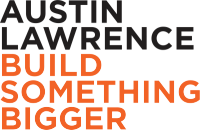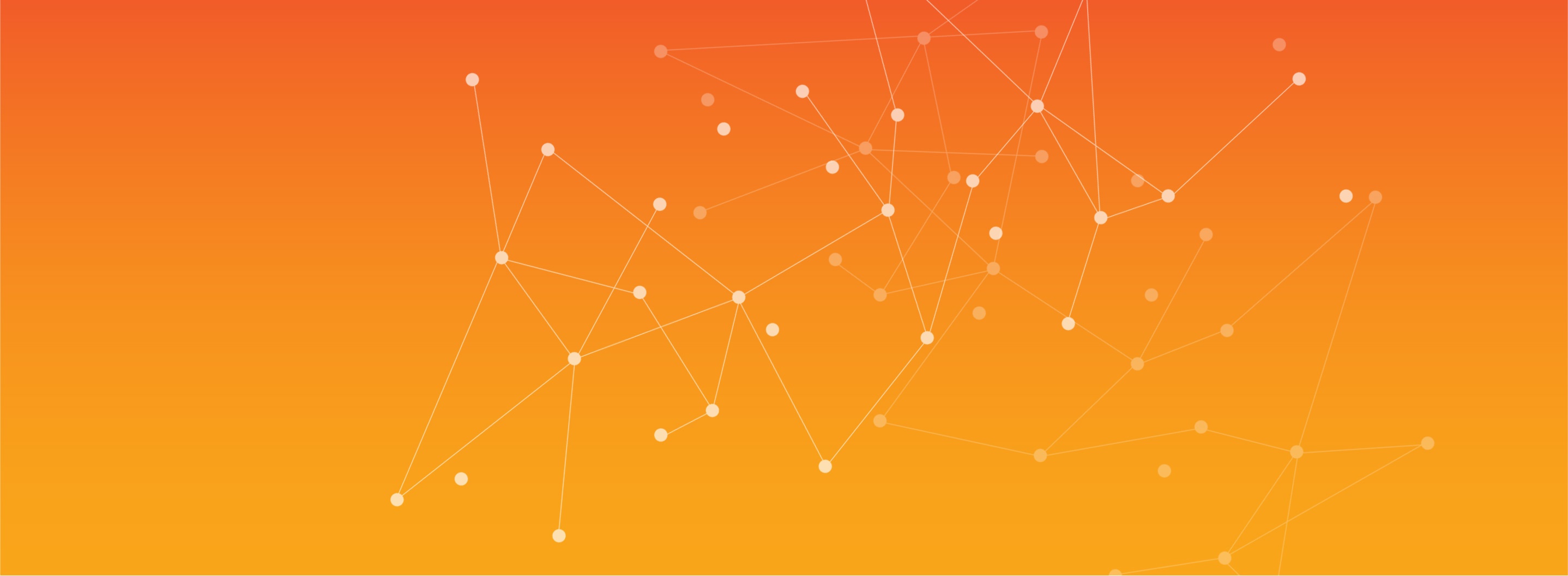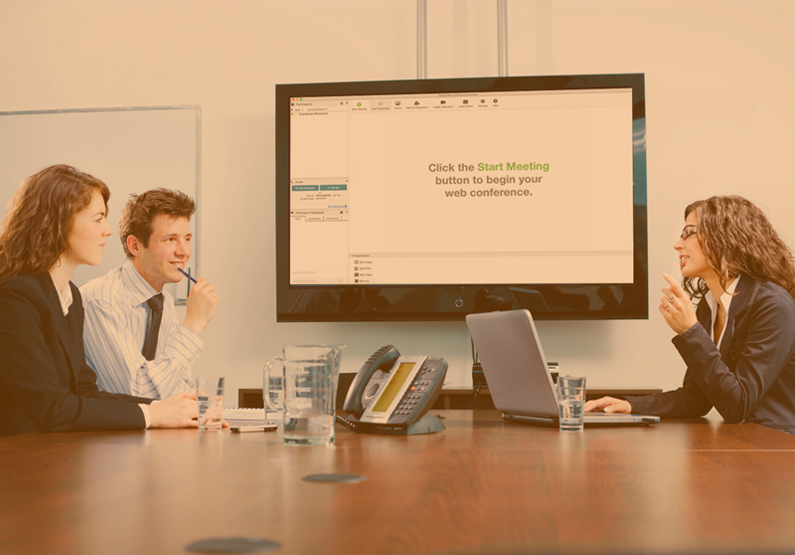Can B2B SaaS Webinars Generate Valuable Leads?
B2B buyers expect deeper engagement and education as they investigate SaaS solutions to business problems, and decision-making involves more prospect execs than just a few years ago. B2B marketing must now be multichannel, educational and engage prospects on a personal level to cut through the noise and convert searchers to leads and leads to qualified prospects. One of the best ways to achieve these goals is webinars and why 64 percent of B2B marketers increased their use of visual content such as webinars and livestreams in 2018.
Does your company use webinars to attract and convert its audience? If you’re just beginning a webinar marketing strategy or you have been struggling to grow the success of your webinars, there are several things you can do to make sure your marketing is engaging today’s webinar attendees in the right way.
Live Events vs On-demand Webinars
When it comes to webinar delivery, there are two different approaches to take. Live events involve setting a specific time and date for your webinar and promoting it as a “can’t miss” event. This allows you to build excitement and encourage engagement during the webinar.
On-demand webinars are recordings that are designed to offer more evergreen content that a visitor can view when it is most convenient for them. This instant delivery of information can make sure a lead receives what they need immediately to continue to move them through the buyer’s journey.
Neither delivery strategy is best for everyone. Most of the time, the ideal solution is to record your live event webinars to later offer as on-demand webinars. However, some topics that are extremely timely will only work as live webinars and some on-demand webinars will work better when recorded with that specific purpose in mind. Experiment with each strategy to see what works for your business. You might even try a “simulive” event where the bulk of the content is pre-recorded and your subject matter experts only need attend to handle live Q&A at the end of sessions.
Webinar Marketing to Attract Attendees
If you are already engaged in a webinar marketing strategy, growing the number of attendees is probably a top priority. Focusing on your webinar presentation without giving enough time and consideration to how you’ll attract attendees is the surest way to poor attendance.
A ReadyTalk study found 3 weeks of promotion prior to the webinar has the best success rate. This means you should begin planning your webinar marketing strategy a couple months before the event. Your promotion strategy should include:
- Email Campaigns: Email remains the top tool for B2B webinar promotion, with marketers rating it a 4.46 out of 5 in ReadyTalk’s study. Make sure emails are spaced to build anticipation for the event 3 weeks before and continue to send reminder emails to potential attendees and registrants right up to the hour the webinar starts. Make sure the emails come from the webinar’s presenter. More on the importance of this later.
- Social Media Advertising: Social media scored a 2.77 out of 5 as the second most popular webinar promotion tool. This strategy can be particularly valuable if you are using Facebook Watch or LinkedIn Live to host your webinar. Add some advertising dollars to Facebook, LinkedIn and Twitter to make sure your target audience is reached.
- Social Selling. A high-performing SDR team will use webinars to engage prospects who haven’t responded particularly well to other outreach, or to mix it up to get a prospect’s attention. It’s a great reason for the SDR to reach out, and if they know enough about the prospect, can tailor the pitch to make a compelling case for them to attend. And attendees gained from this tactic become much more engaged as a result. Reps who aren’t comfortable using LinkedIn to pitch can send personalized emails or even phone their prospects to personally invite them.
- Content Marketing: A good multi-channel content marketing strategy should cover each topic in multiple media. By covering the webinar topic in blog posts, infographics, short-form videos and other content, and placing CTAs with this content for your webinar, you will attract visitors interested in the topic and generate additional attendees (snippets with embedded CTAs to watch the replay can be particularly effective, but you’ll need a premium level account with services like Wistia or Vidyard to make this happen).
Encouraging Engagement During Webinar
While increasing webinar attendance is important, the number of attendees is just a vanity metric if you can’t successfully convert those attendees into leads. Engaging with attendees during the webinar is the best way to create a personal connection that can be extended into the sales process.
- Highlight Webinar Presenter: Webinars are successful because they introduce a live human element. Don’t negate this element by having an anonymous voice narrating a slide deck. Choose an experienced and charismatic presenter and show their face during the event. Also make sure to share their social media information to encourage engagement and list their specific qualifications to stress the educational value of the webinar.
- Questions and Polls: Questions are used to engage with audiences in 54% of webinars and polls are used 34% of the time. Choosing an enterprise webinar solution that allows you to engage the audience with participation and chat features will keep them active through future communications. We find that webinars with polls are far more likely to keep attendees engaged and provide actionable data for SDRs if the questions are constructed properly.
Post-Event Follow-up and Lead Nurturing
Once your webinar is finished, your work is only beginning. Nurturing leads immediately after the webinar is finished is crucial to increasing your webinar conversion rates. 47% of B2B marketers agree webinars are most effective when used during the consideration and intent stages of the buyer’s journey. Understanding the stage your webinar attendees are at should help guide your lead nurturing strategy.
Start by sending the webinar recording and any special offers or resources that were promised on the call. Again, make sure this email comes from the webinar presenter to continue the personal interaction built during the webinar promotion and during the actual event. Create a lengthy lead nurturing campaign to engage these leads for the next few weeks and prepare to move them to the sales team. Some organizations deploy sales development reps in the nurture stream to attempt to qualify leads that might look too early based on what is known but may in fact be further in their own decision-making process than marketing automation data can reveal.
Webinars can be a great tool for B2B SaaS companies looking to better engage leads - when done correctly. If your webinars are seeing poor attendance or if those attendees aren’t converting into leads, the steps above should help you operate within the new realities of webinar marketing.
For detailed information on putting together the perfect webinar, download our B2B webinars best practices guide.







